 Henry Wilcox’s garden party for his daughter’s wedding s reveals Edwardian hypocrisy and predatory sexuality. It’s a turning point in Foster’s Howards End. Forster scants the dinner itself, but when it is about to end, the guests are in stages...
Henry Wilcox’s garden party for his daughter’s wedding s reveals Edwardian hypocrisy and predatory sexuality. It’s a turning point in Foster’s Howards End. Forster scants the dinner itself, but when it is about to end, the guests are in stages...
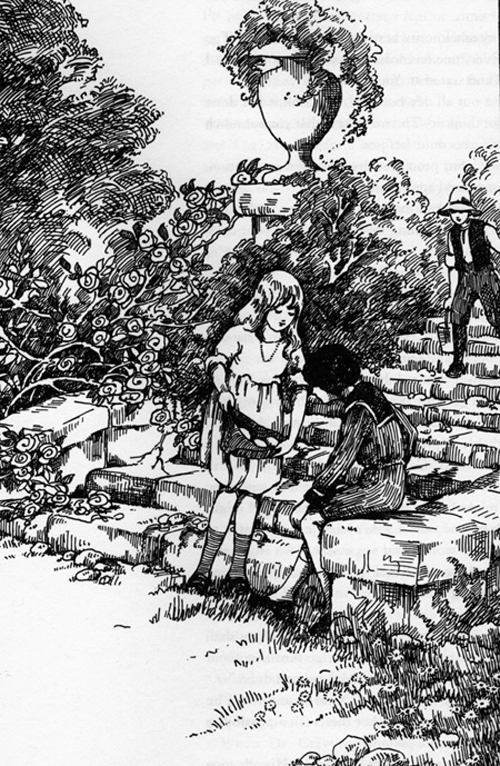 The real secret of The Secret Garden is that with enough picnics and plenty of food, any youth will be happy. Burnett’s The Secret Garden picnics occur in a derelict walled garden where Colin Craven, a fearful, make-believe invalid, and his cousin, Mary Lennox,...
The real secret of The Secret Garden is that with enough picnics and plenty of food, any youth will be happy. Burnett’s The Secret Garden picnics occur in a derelict walled garden where Colin Craven, a fearful, make-believe invalid, and his cousin, Mary Lennox,...
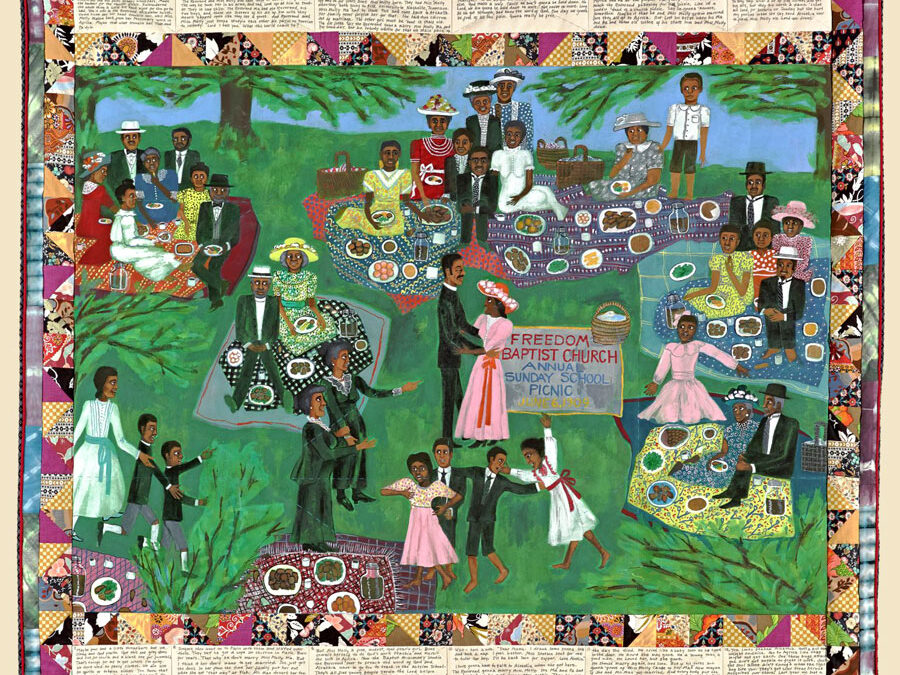 Washington’s “all day meeting” is also known as “dinner on the grounds.” It agrees with versions of meetings by William A. Clary, Edna Lewis, Bebe Meaders and maya Angelou. I’ve cited Washington’s whole passage because...
Washington’s “all day meeting” is also known as “dinner on the grounds.” It agrees with versions of meetings by William A. Clary, Edna Lewis, Bebe Meaders and maya Angelou. I’ve cited Washington’s whole passage because...
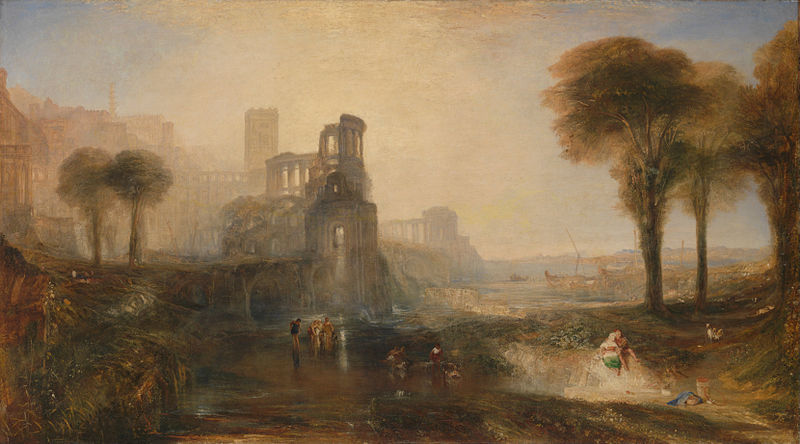 Before the picnic breaks up and all the guests are drowned in the Bay of Naples, peacock and eels are served. Baring’s sense of humor is satirical and macabre. Here is one of his jokes in Caligula’s Picnic, a one-act closet drama: Proteus: I once knew a...
Before the picnic breaks up and all the guests are drowned in the Bay of Naples, peacock and eels are served. Baring’s sense of humor is satirical and macabre. Here is one of his jokes in Caligula’s Picnic, a one-act closet drama: Proteus: I once knew a...
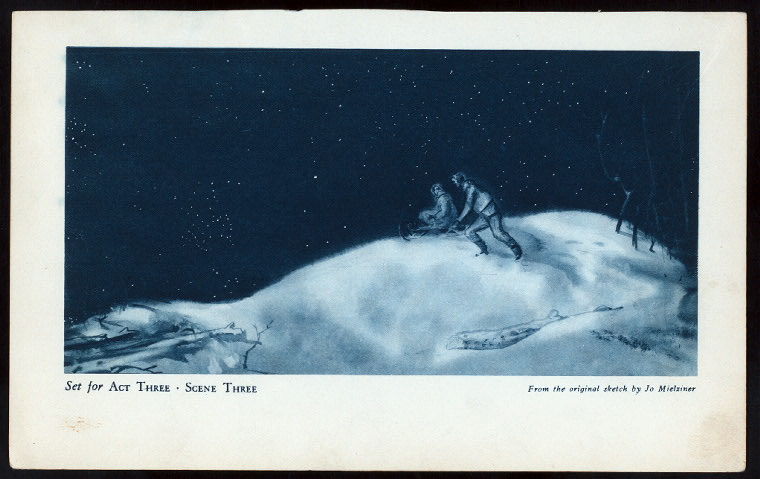 One exception to the unremitting cold in Wharton’s Ethan Frome is a summer church picnic when Ethan and Mattie Silver first feel love for one another. When Mattie is forced to leave, Frome drives her to the train station. Along the way, they stop by the frozen...
One exception to the unremitting cold in Wharton’s Ethan Frome is a summer church picnic when Ethan and Mattie Silver first feel love for one another. When Mattie is forced to leave, Frome drives her to the train station. Along the way, they stop by the frozen...
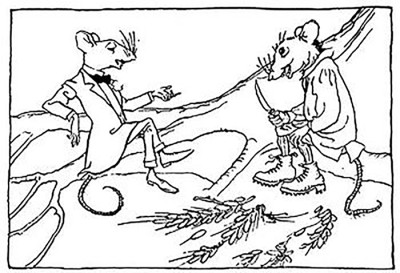 Contrast Rackham’s mice with Mary Belson Elliot’s The Mice and their Pic Nic and Mickey Mouse. See Arthur Rackham. “The City Mouse and the Country Mouse,” Aesop’s Fables. Translated by Vernon Jones. London: Heinemann, 1912
Contrast Rackham’s mice with Mary Belson Elliot’s The Mice and their Pic Nic and Mickey Mouse. See Arthur Rackham. “The City Mouse and the Country Mouse,” Aesop’s Fables. Translated by Vernon Jones. London: Heinemann, 1912
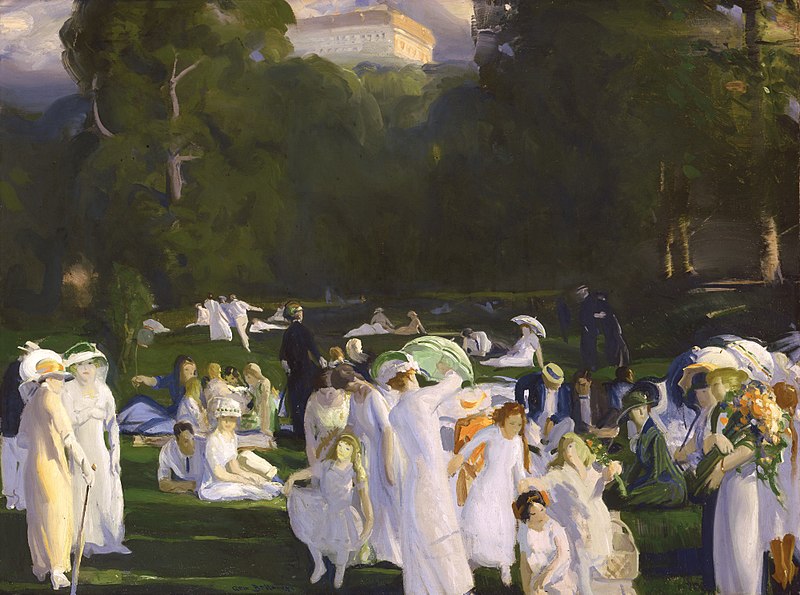 Bellow’s A Day in June (1913) captures a picnicky day in Central Park, New York, where well-dressed crowds lounge in a meadow beyond the Plaza Hotel. Bellows painted his family in the left middle distance among those enjoying the summer day. He wears a dark tie and...
Bellow’s A Day in June (1913) captures a picnicky day in Central Park, New York, where well-dressed crowds lounge in a meadow beyond the Plaza Hotel. Bellows painted his family in the left middle distance among those enjoying the summer day. He wears a dark tie and...
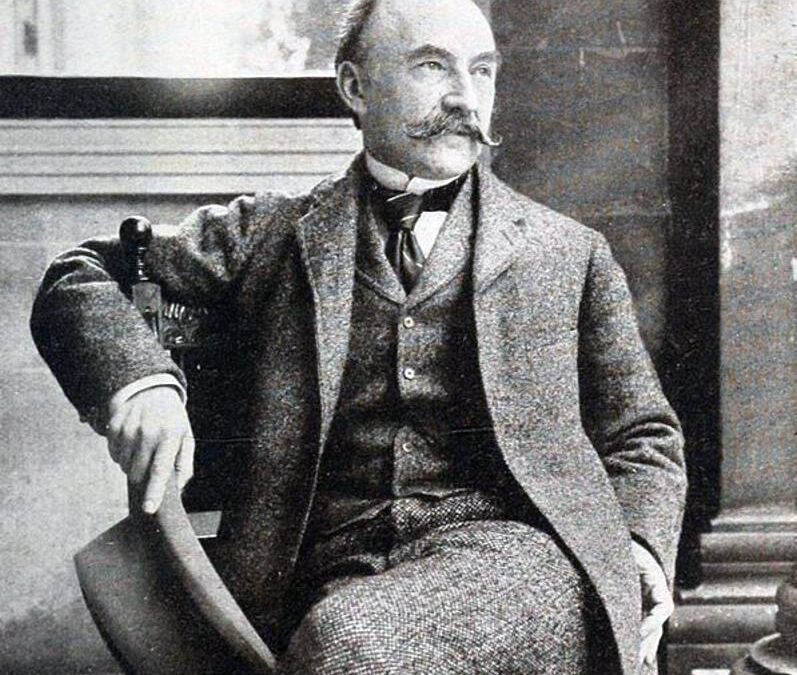 Hardy’s poems reveal an unhappy life with his wife, Emma Gifford. Perhaps the most definitive is “Where the Picnic Was,” in which he attempts to resolve their often “horrid shows” ends definitively: – But two have wandered far From...
Hardy’s poems reveal an unhappy life with his wife, Emma Gifford. Perhaps the most definitive is “Where the Picnic Was,” in which he attempts to resolve their often “horrid shows” ends definitively: – But two have wandered far From...
 Among the numerous illustrators of Paul Bransom’s standout because his portrayal of the character tends to look like animals they are. This is especially evident in the flyleaf illustration of “The River Bank.” Featured Image: Paul Bransom. “The River Bank,” In...
Among the numerous illustrators of Paul Bransom’s standout because his portrayal of the character tends to look like animals they are. This is especially evident in the flyleaf illustration of “The River Bank.” Featured Image: Paul Bransom. “The River Bank,” In...
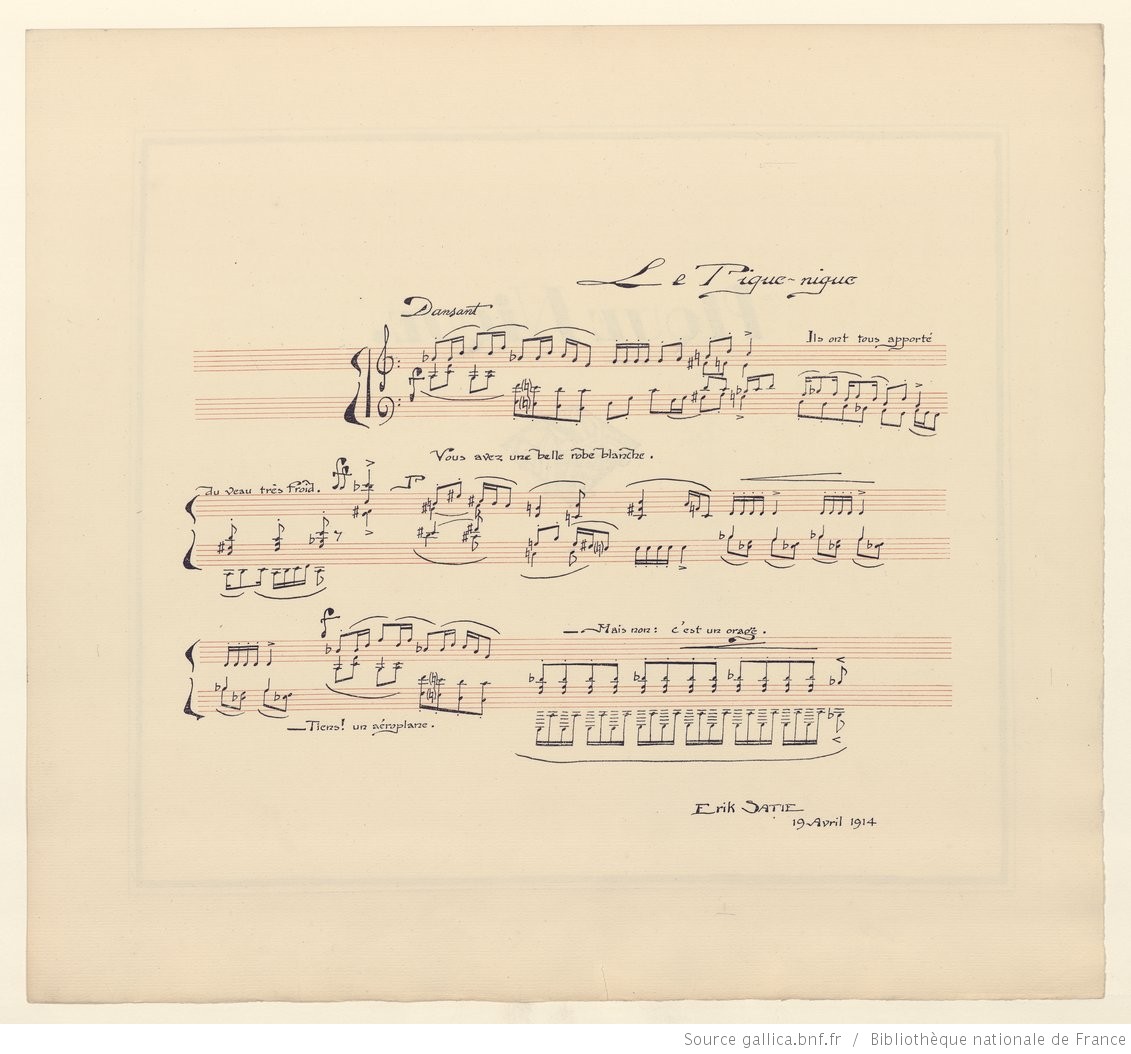 “Le Pique-nique,” a piano composition about 30 seconds long, is one of twenty-one very short musical interpretations in Sports et Divertissement [Sports & Entertainments] devoted to the happiness of people at play. Satie’s preface explains that two artistic...
“Le Pique-nique,” a piano composition about 30 seconds long, is one of twenty-one very short musical interpretations in Sports et Divertissement [Sports & Entertainments] devoted to the happiness of people at play. Satie’s preface explains that two artistic...











